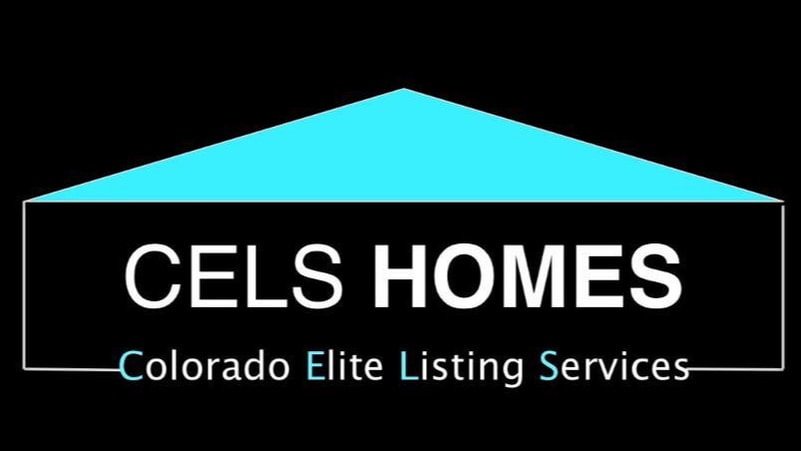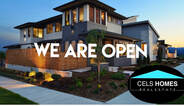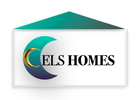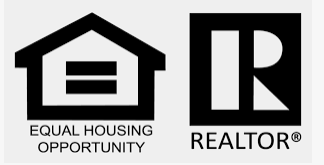|
The Need for Change Owning a home is the primary way Americans build generational wealth, but historically, minority groups and people of color have been excluded from the wealth-building power of homeownership. This is evidenced by the severe homeownership gap that exists to this day. Today, the average homeownership rate in the U.S. is 65%.2 Among white households, that figure climbs to 74%, which is significantly higher than all other racial and ethnic groups. The Black homeownership rate is the lowest at 45%, followed by Hispanic homeowners at 49%. Asian Americans also lag behind the national average, with a homeownership rate of 59%. Homeownership Rate3 By Race (2010-2020) But the gaps extend beyond race and ethnicity. Among the LGBTQ+ community, the homeownership rate sits at 49%.4 And while homeownership among women has risen to 61%, women still lag their male counterparts, who have a homeownership rate of 67%.5 Barriers and Opportunities What’s Driving Homeownership Disparities? The reasons for these homeownership inequalities are multifold. A history of housing discrimination, unfair business practices, and a lack of affordable housing are just some of the issues we still face today. For marginalized groups, this has resulted in a wealth gap that has persisted for generations. For example, when parents own a home, their children are more likely to become homeowners, and the reverse is also true — children who grow up in a family without a history of homeownership are less likely to buy homes themselves. That’s why many minorities and people of color are likely to be first-generation homebuyers. Expanding down payment assistance is one way we can break the cycle and help more first-generation buyers achieve homeownership. But what else can we do? Be the Change A collective effort is needed throughout the housing industry to break down barriers and promote a future of homeownership equity and opportunity. While systemic change is needed, real change starts with each of us. Home builders, real estate agents, mortgage lenders, and other industry professionals have the power to make a lasting difference. Start by reflecting on the perceptions and practices that drive inequity in your part of the business. What are you doing to combat them? Also, consider your presence and involvement with minority groups. How can you improve? Can you make a concerted effort to meet and connect with leaders and members of Black, Hispanic, Asian, LGBTQ+, and other underserved communities? Most importantly, commit to taking action. Here are some areas of focus to consider: Focus on building entry-level homes in underserved areas.Advocate for policy initiatives that support zoning reform, down payment assistance programs, and affordable housing.Create an outreach program to educate young people about the homebuying process, with an emphasis on financial and credit education for low-income borrowers.Build culturally, racially, and ethnically diverse teams that represent the communities you wish to serve.Be a champion of fair housing practices and build trusting relationships with those who have experienced or fear experiencing housing discrimination. The homebuyers of tomorrow are increasingly diverse, and now is the time to tap into this underserved market. Expanding access to homeownership not only creates opportunities for those who need it most, it also provides an opportunity for your business to grow. Mortgage education plays a key role in empowering and preparing buyers for homeownership. I’m here to support your customers in understanding the financing options available to them. Sources: [1] Urban Institute, The Future of Headship and Homeownership, January 2021. [2] U.S. Census Bureau, Quarterly Residential Vacancies and Homeownership, Q1 2022. [3] National Association of Realtors® (NAR), “Racial Disparities in Homeownership Rates,” March 3, 2022. [4] Freddie Mac, “Breaking Barriers: Closing the LGBTQ+ Homeownership Gap,” August 12, 2020. [5] Urban Institute, “More Women Have Become Homeowners and Heads of Household…,” March 16, 2021. [6] Urban Institute, “Reducing the Racial Homeownership Gap.” [7] The Black Homeownership Collaborative. [8] Freddie Mac, “Who Are the Future Borrowers? A Deep dive into their Barriers and Opportunities,” October 25, 2021. [9] National Association of Hispanic Real Estate Professionals (NAHREP), 2021 State of Hispanic Homeownership Report. [10] Asian Real Estate Association of America, 2021 State of Asia America Report. [11] NAR, 2021 Profile of Home Buyers and Sellers. [12] Freddie Mac, “Survey of Single Women Finds Low Confidence in Homeownership Prospects,” October 13, 2021. The Need for Change Owning a home is the primary way Americans build generational wealth, but historically, minority groups and people of color have been excluded from the wealth-building power of homeownership. This is evidenced by the severe homeownership gap that exists to this day. Today, the average homeownership rate in the U.S. is 65%.2 Among white households, that figure climbs to 74%, which is significantly higher than all other racial and ethnic groups. The Black homeownership rate is the lowest at 45%, followed by Hispanic homeowners at 49%. Asian Americans also lag behind the national average, with a homeownership rate of 59%. Homeownership Rate3 By Race (2010-2020) But the gaps extend beyond race and ethnicity. Among the LGBTQ+ community, the homeownership rate sits at 49%.4 And while homeownership among women has risen to 61%, women still lag their male counterparts, who have a homeownership rate of 67%.5 Barriers and Opportunities What’s Driving Homeownership Disparities? The reasons for these homeownership inequalities are multifold. A history of housing discrimination, unfair business practices, and a lack of affordable housing are just some of the issues we still face today. For marginalized groups, this has resulted in a wealth gap that has persisted for generations. For example, when parents own a home, their children are more likely to become homeowners, and the reverse is also true — children who grow up in a family without a history of homeownership are less likely to buy homes themselves. That’s why many minorities and people of color are likely to be first-generation homebuyers. Expanding down payment assistance is one way we can break the cycle and help more first-generation buyers achieve homeownership. But what else can we do? Be the Change A collective effort is needed throughout the housing industry to break down barriers and promote a future of homeownership equity and opportunity. While systemic change is needed, real change starts with each of us. Home builders, real estate agents, mortgage lenders, and other industry professionals have the power to make a lasting difference. Start by reflecting on the perceptions and practices that drive inequity in your part of the business. What are you doing to combat them? Also, consider your presence and involvement with minority groups. How can you improve? Can you make a concerted effort to meet and connect with leaders and members of Black, Hispanic, Asian, LGBTQ+, and other underserved communities? Most importantly, commit to taking action. Here are some areas of focus to consider: Focus on building entry-level homes in underserved areas.Advocate for policy initiatives that support zoning reform, down payment assistance programs, and affordable housing.Create an outreach program to educate young people about the homebuying process, with an emphasis on financial and credit education for low-income borrowers.Build culturally, racially, and ethnically diverse teams that represent the communities you wish to serve.Be a champion of fair housing practices and build trusting relationships with those who have experienced or fear experiencing housing discrimination. The homebuyers of tomorrow are increasingly diverse, and now is the time to tap into this underserved market. Expanding access to homeownership not only creates opportunities for those who need it most, it also provides an opportunity for your business to grow. Mortgage education plays a key role in empowering and preparing buyers for homeownership. I’m here to support your customers in understanding the financing options available to them. Sources: [1] Urban Institute, The Future of Headship and Homeownership, January 2021. [2] U.S. Census Bureau, Quarterly Residential Vacancies and Homeownership, Q1 2022. [3] National Association of Realtors® (NAR), “Racial Disparities in Homeownership Rates,” March 3, 2022. [4] Freddie Mac, “Breaking Barriers: Closing the LGBTQ+ Homeownership Gap,” August 12, 2020. [5] Urban Institute, “More Women Have Become Homeowners and Heads of Household…,” March 16, 2021. [6] Urban Institute, “Reducing the Racial Homeownership Gap.” [7] The Black Homeownership Collaborative. [8] Freddie Mac, “Who Are the Future Borrowers? A Deep dive into their Barriers and Opportunities,” October 25, 2021. [9] National Association of Hispanic Real Estate Professionals (NAHREP), 2021 State of Hispanic Homeownership Report. [10] Asian Real Estate Association of America, 2021 State of Asia America Report. [11] NAR, 2021 Profile of Home Buyers and Sellers. [12] Freddie Mac, “Survey of Single Women Finds Low Confidence in Homeownership Prospects,” October 13, 2021. The Need for Change Owning a home is the primary way Americans build generational wealth, but historically, minority groups and people of color have been excluded from the wealth-building power of homeownership. This is evidenced by the severe homeownership gap that exists to this day. Today, the average homeownership rate in the U.S. is 65%.2 Among white households, that figure climbs to 74%, which is significantly higher than all other racial and ethnic groups. The Black homeownership rate is the lowest at 45%, followed by Hispanic homeowners at 49%. Asian Americans also lag behind the national average, with a homeownership rate of 59%. Homeownership Rate3 By Race (2010-2020) But the gaps extend beyond race and ethnicity. Among the LGBTQ+ community, the homeownership rate sits at 49%.4 And while homeownership among women has risen to 61%, women still lag their male counterparts, who have a homeownership rate of 67%.5 Barriers and Opportunities What’s Driving Homeownership Disparities? The reasons for these homeownership inequalities are multifold. A history of housing discrimination, unfair business practices, and a lack of affordable housing are just some of the issues we still face today. For marginalized groups, this has resulted in a wealth gap that has persisted for generations. For example, when parents own a home, their children are more likely to become homeowners, and the reverse is also true — children who grow up in a family without a history of homeownership are less likely to buy homes themselves. That’s why many minorities and people of color are likely to be first-generation homebuyers. Expanding down payment assistance is one way we can break the cycle and help more first-generation buyers achieve homeownership. But what else can we do? Be the Change A collective effort is needed throughout the housing industry to break down barriers and promote a future of homeownership equity and opportunity. While systemic change is needed, real change starts with each of us. Home builders, real estate agents, mortgage lenders, and other industry professionals have the power to make a lasting difference. Start by reflecting on the perceptions and practices that drive inequity in your part of the business. What are you doing to combat them? Also, consider your presence and involvement with minority groups. How can you improve? Can you make a concerted effort to meet and connect with leaders and members of Black, Hispanic, Asian, LGBTQ+, and other underserved communities? Most importantly, commit to taking action. Here are some areas of focus to consider: Focus on building entry-level homes in underserved areas.Advocate for policy initiatives that support zoning reform, down payment assistance programs, and affordable housing.Create an outreach program to educate young people about the homebuying process, with an emphasis on financial and credit education for low-income borrowers.Build culturally, racially, and ethnically diverse teams that represent the communities you wish to serve.Be a champion of fair housing practices and build trusting relationships with those who have experienced or fear experiencing housing discrimination. The homebuyers of tomorrow are increasingly diverse, and now is the time to tap into this underserved market. Expanding access to homeownership not only creates opportunities for those who need it most, it also provides an opportunity for your business to grow. Mortgage education plays a key role in empowering and preparing buyers for homeownership. I’m here to support your customers in understanding the financing options available to them. Sources: [1] Urban Institute, The Future of Headship and Homeownership, January 2021. [2] U.S. Census Bureau, Quarterly Residential Vacancies and Homeownership, Q1 2022. [3] National Association of Realtors® (NAR), “Racial Disparities in Homeownership Rates,” March 3, 2022. [4] Freddie Mac, “Breaking Barriers: Closing the LGBTQ+ Homeownership Gap,” August 12, 2020. [5] Urban Institute, “More Women Have Become Homeowners and Heads of Household…,” March 16, 2021. [6] Urban Institute, “Reducing the Racial Homeownership Gap.” [7] The Black Homeownership Collaborative. [8] Freddie Mac, “Who Are the Future Borrowers? A Deep dive into their Barriers and Opportunities,” October 25, 2021. [9] National Association of Hispanic Real Estate Professionals (NAHREP), 2021 State of Hispanic Homeownership Report. [10] Asian Real Estate Association of America, 2021 State of Asia America Report. [11] NAR, 2021 Profile of Home Buyers and Sellers. [12] Freddie Mac, “Survey of Single Women Finds Low Confidence in Homeownership Prospects,” October 13, 2021. Source M2 Lending
0 Comments
Leave a Reply. |
Cels HomesStaying up with all the new data that come in can be challenging but that is what we are here for Archives
July 2024
Categories |
Cels Homes Real Estate LLC
|

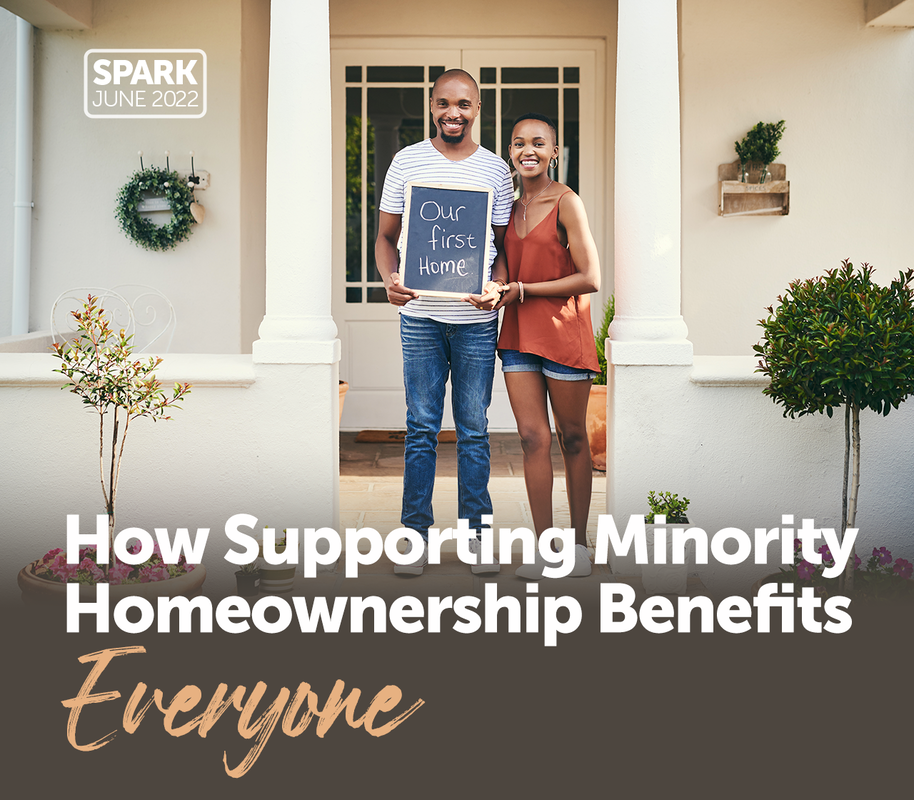
 RSS Feed
RSS Feed


